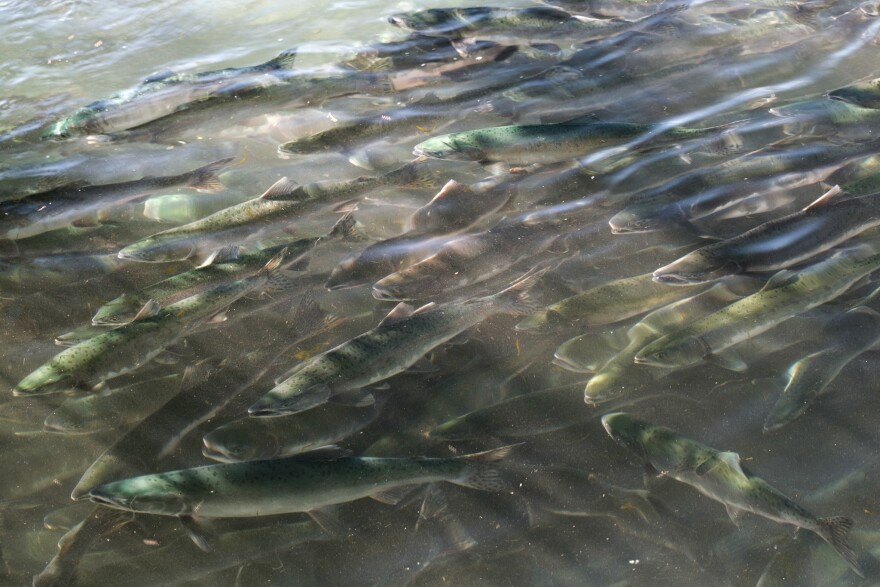Statewide, fishermen harvested a total of about 94.8 million salmon across species, roughly valued at $541 million, according to preliminary data from the Alaska Department of Fish and Game.
That’s over 90 million more fish than last year, according to the department, but that’s partly because pink salmon generally have larger runs during odd-numbered years.
In the last strong pink salmon run year, 2023, fishermen harvested around 230 million salmon across species, with an estimated value of nearly $400 million.
The Kodiak Region was the only area with a higher pink harvest this year than in 2023, according to Alaska Seafood Marketing Institute data.
Across all salmon species, Prince William Sound, Bristol Bay, and Kodiak harvested the most fish, in that order. Combined, they made up over half of the total statewide harvest. The other regions’ numbers sorted by number of fish caught were Southeast, Alaska Peninsula and the Aleutians, Cook Inlet, Chignik, Norton Sound, and Kotzebue.
But by value, Bristol Bay fishermen had the most valuable catch by far, estimated to be worth around $215 million. Fishermen there primarily harvest sockeye and base prices for that species are often higher than for high volume pinks, which made up over half of the salmon catch statewide.
Southeast fishermen were a distant second – harvest there was worth about $104 million. A large chum salmon run and a premium price for Chinook at $6.67 per pound on average, compared to most other regions, drove up the Southeast dollar value totals. Prince William Sound was the only place that paid more for Chinook, at an average of $17.63 per pound.
The Alaska Department of Fish and Game usually shares its salmon forecasts for the upcoming season in late spring.





